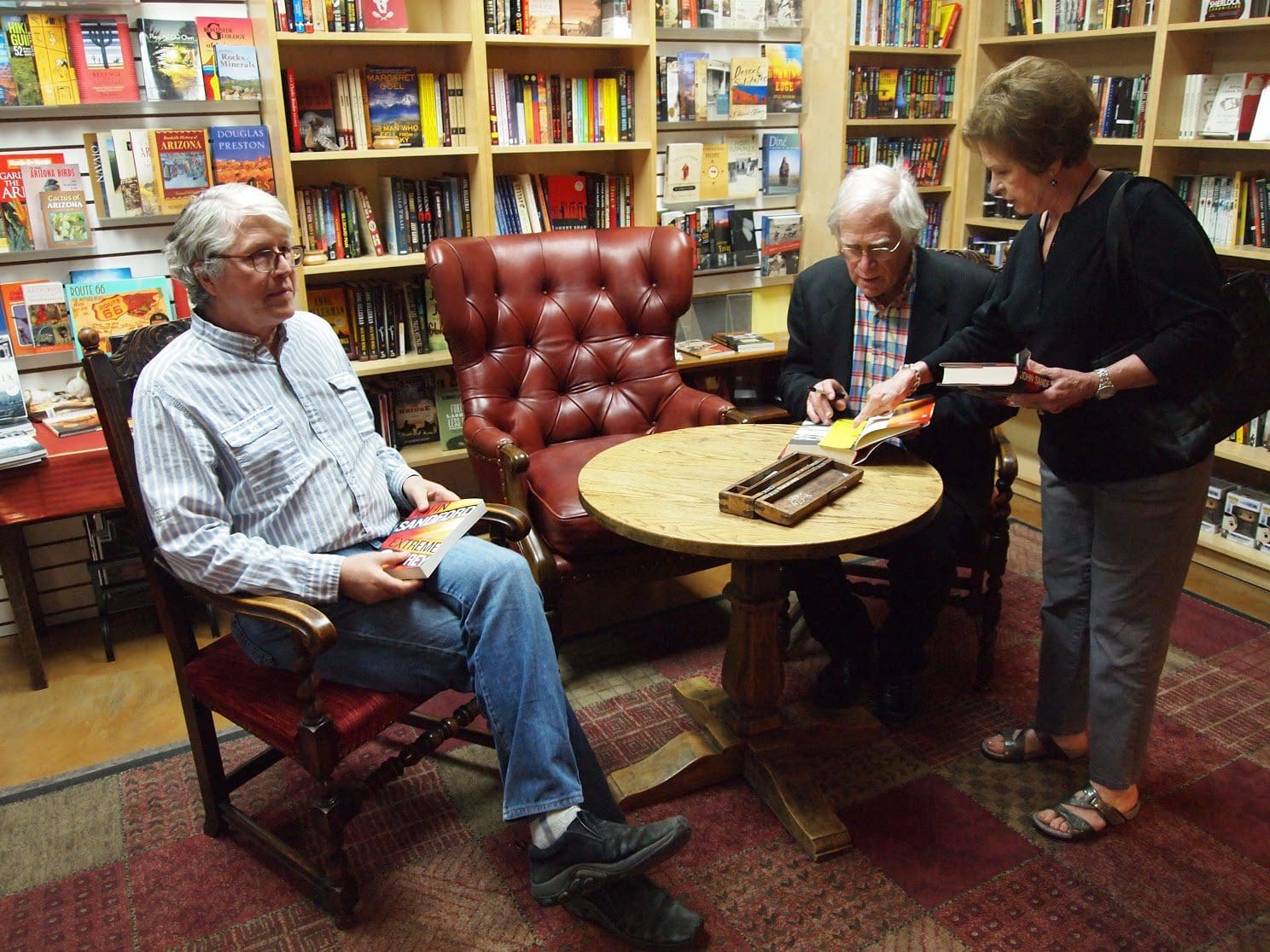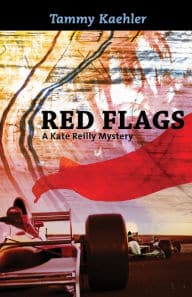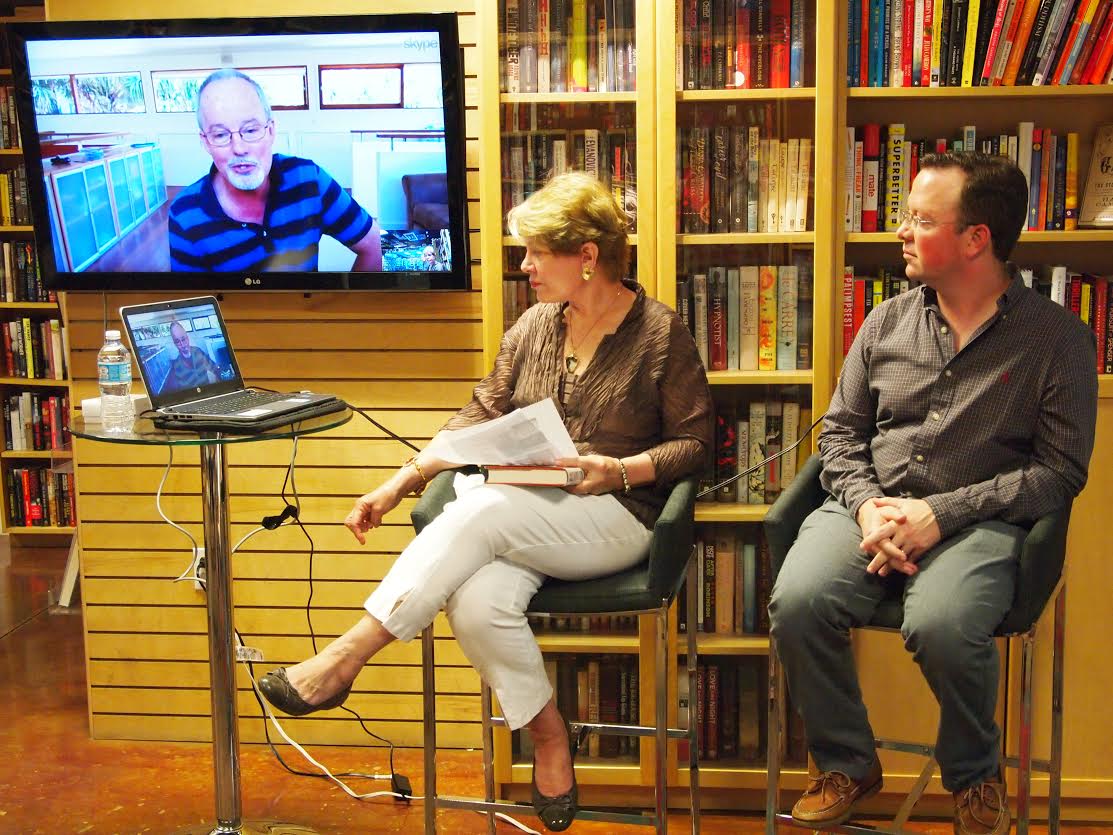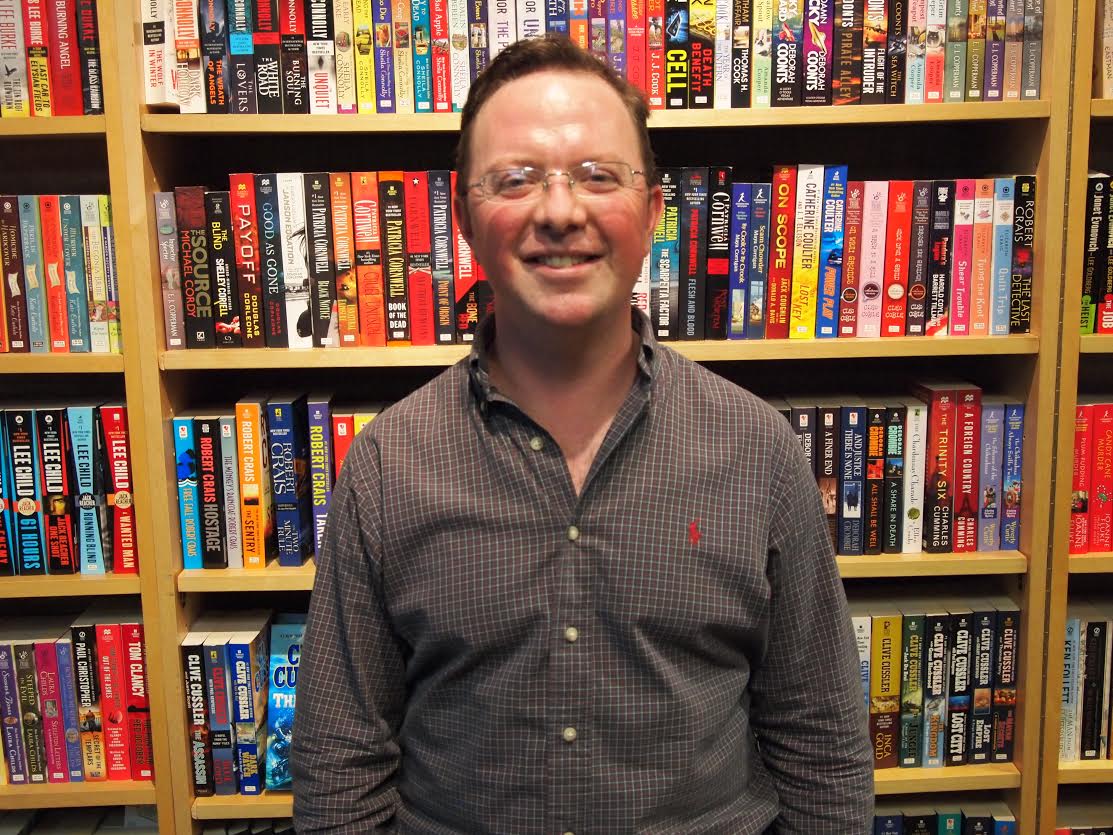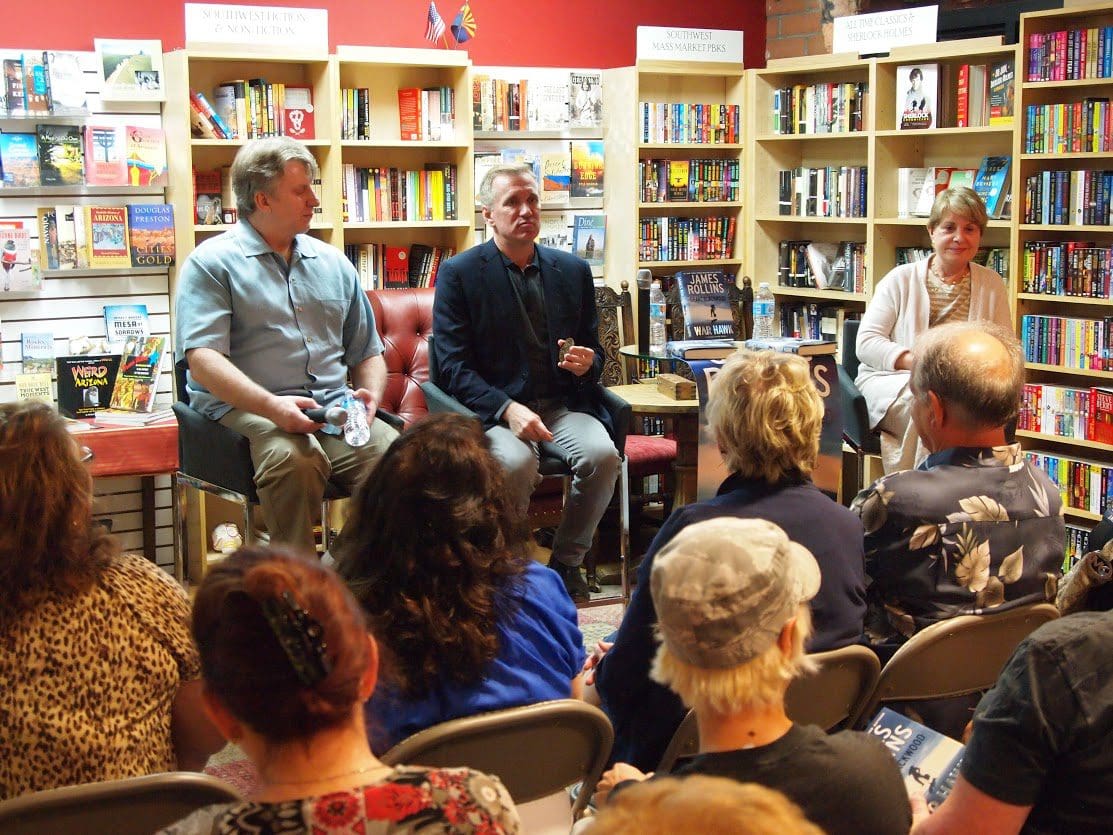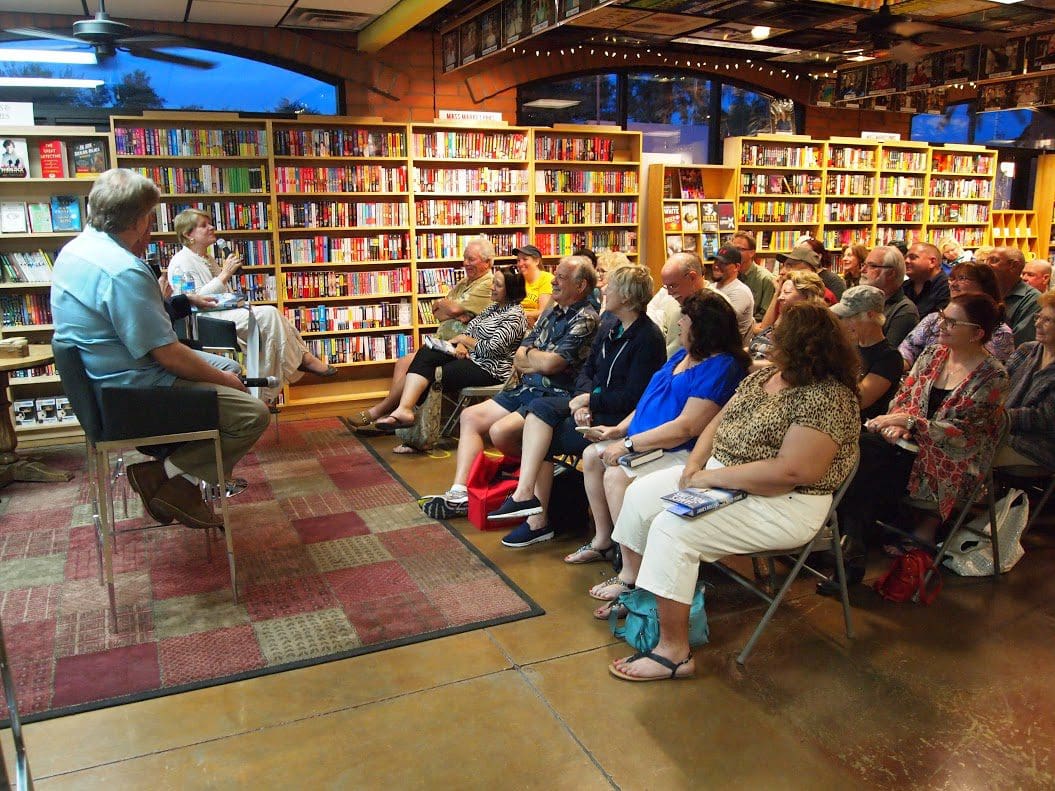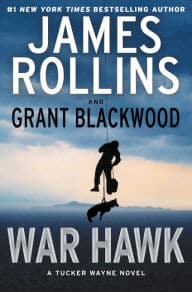Today, April 30th, is observed nationwide as Independent Bookstore Day. If you’re here on the blog, we hope you consider The Poisoned Pen to be YOUR independent bookstore.

Just a little information, from the store’s “About Us” page.
“The Poisoned Pen Bookstore, founded in 1989 by Barbara G. Peters, is an independent bookstore specializing in fiction. Discover with us current and classic works of mystery, thrillers, historical and literary fiction, and literature of the American Southwest, much of it offered in autographed first editions and imports. Our book clubs bring exciting new work right to your door.
Located in Old Town Scottsdale’s Art District, The Pen is celebrated for its schedule of author and literary events and its global outreach through webcasts and worldwide shipping. In 1997 Peters and her husband Robert Rosenwald founded Poisoned Pen Press, a separate corporation dedicated to publishing excellence in mystery. The Poisoned Pen hosted the Left Coast Crime Conference in 1995. and most years hosts a themed mystery conference of its own in Scottsdale.
Please sign up for our Enews, read our Booknews, attend our events ““ generally programs of an hour or more with Q&A and book signing ““ at the bookstore or at the Arizona Biltmore Resort or other nearby locations.”
There are so many ways The Poisoned Pen Bookstore serves the needs of readers worldwide. Today, we are giving away items in the store for those shoppers close enough to stop in for Independent Bookstore Day.

But, you help us celebrate every day by buying books, attending events, watching them via Livestream.
Please think of The Poisoned Pen when you think of Independent Bookstore Day, and, if you’re so inclined, purchase a book or two for your own private celebration.
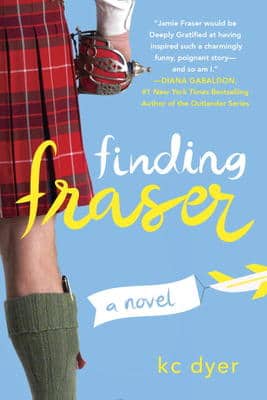
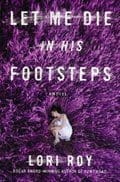
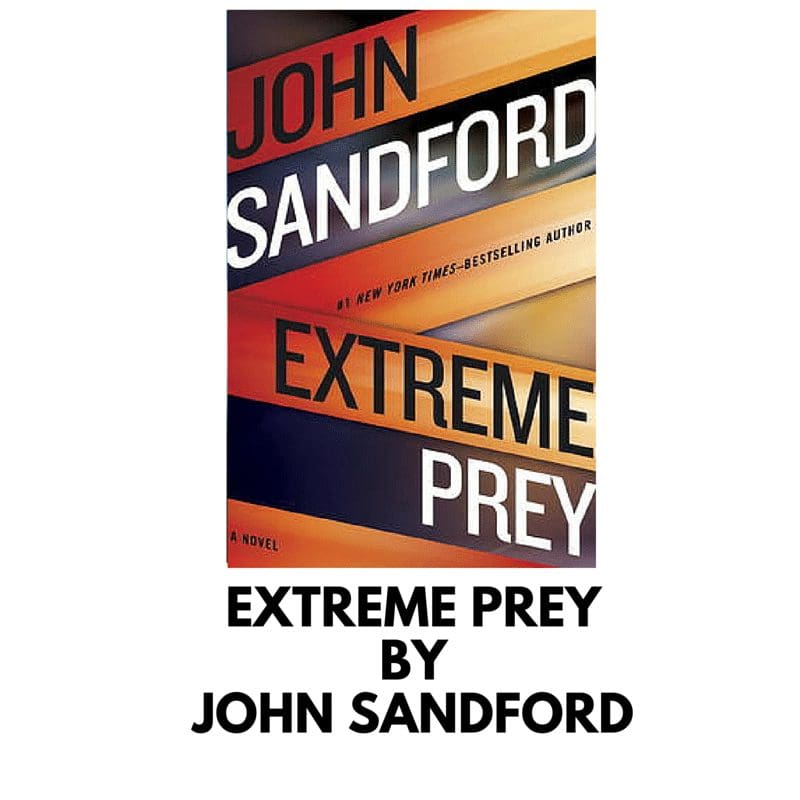
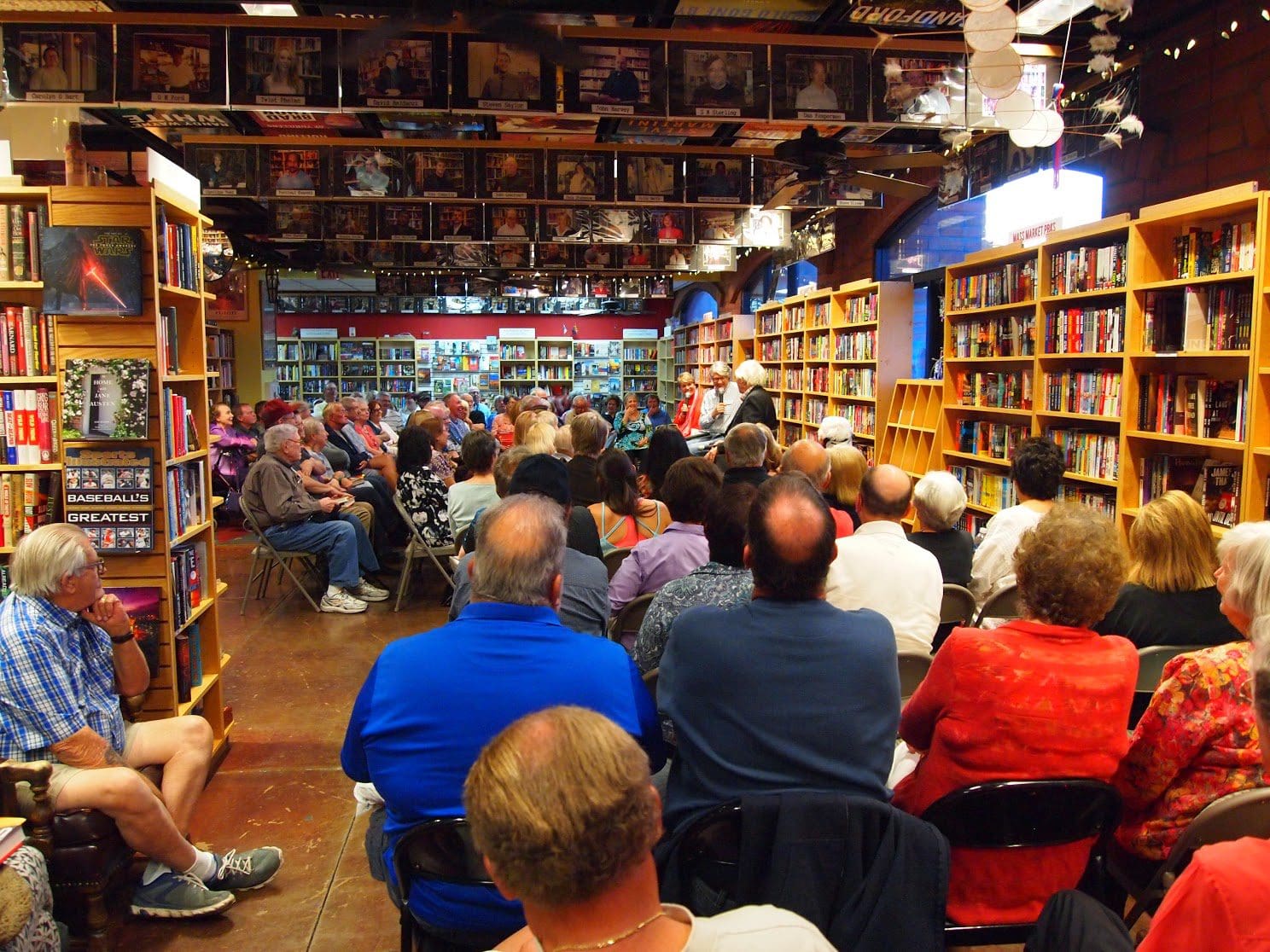
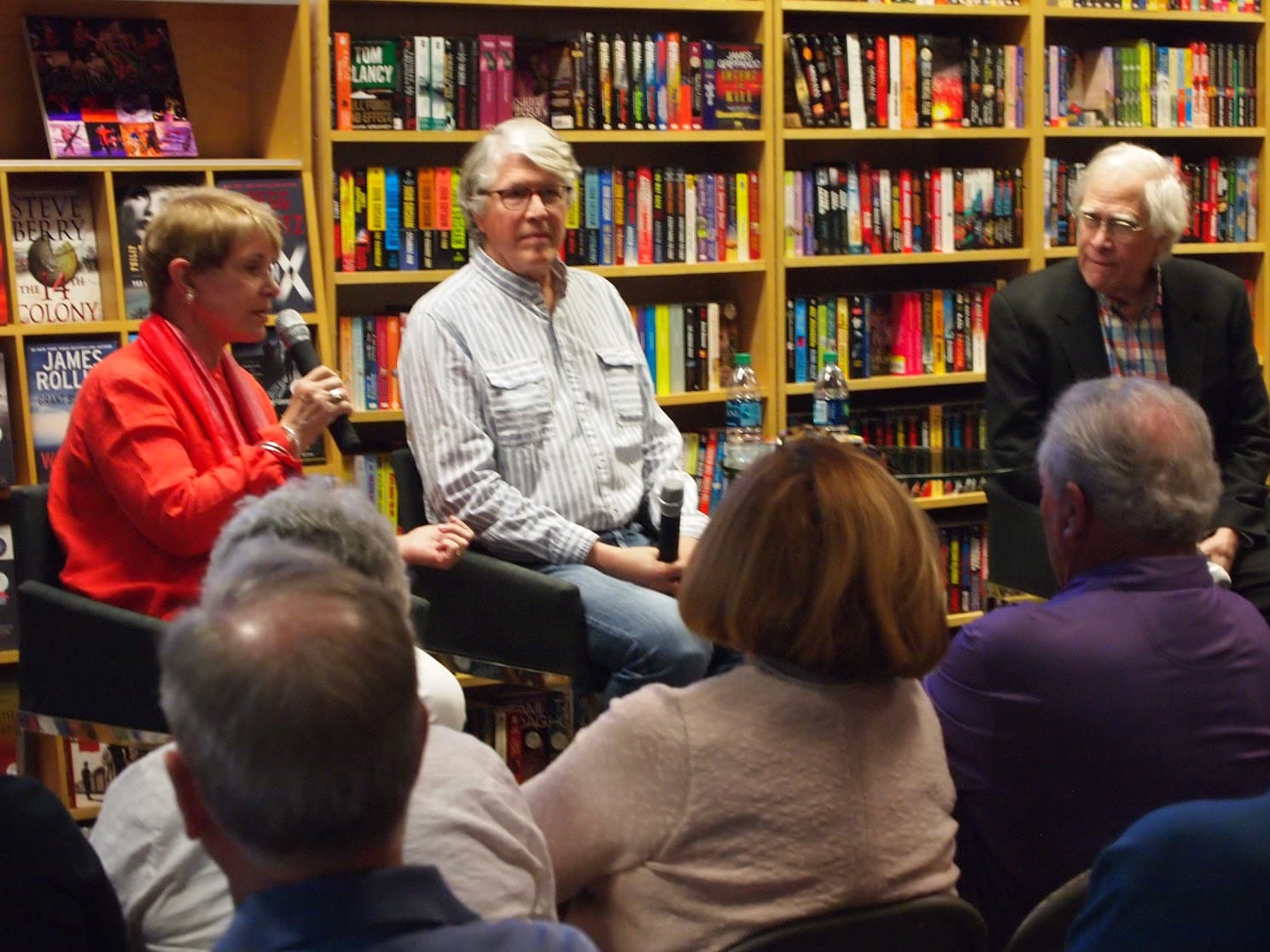
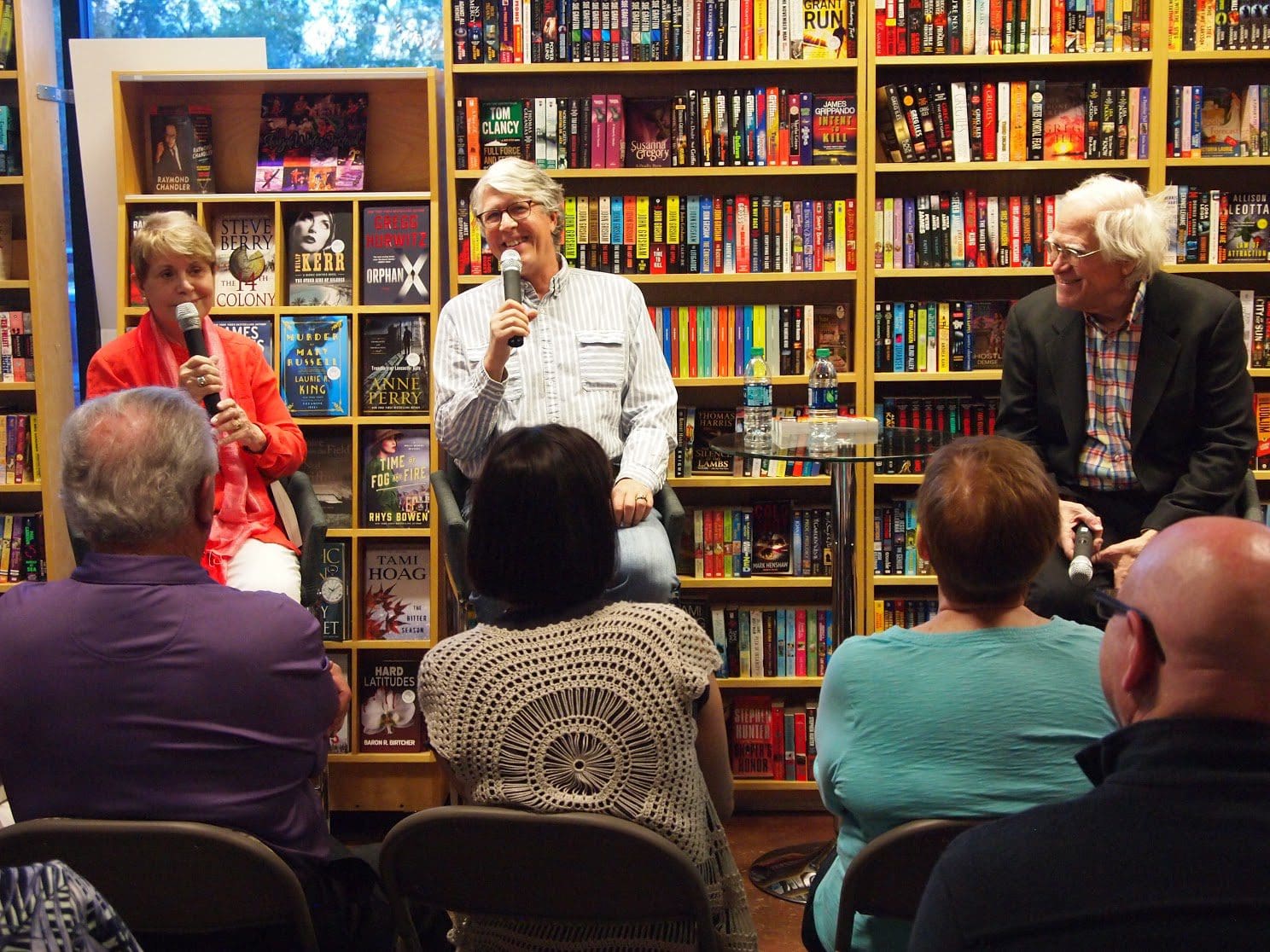 Does it surprise anyone that Peters, Preston and Sandford had a good time talking about Davenport, who has now left the Minnesota Bureau of Criminal Apprehension? Of course, since he’s dealing with a political campaign, Davenport finds himself dealing with some pretty crazy people.
Does it surprise anyone that Peters, Preston and Sandford had a good time talking about Davenport, who has now left the Minnesota Bureau of Criminal Apprehension? Of course, since he’s dealing with a political campaign, Davenport finds himself dealing with some pretty crazy people.